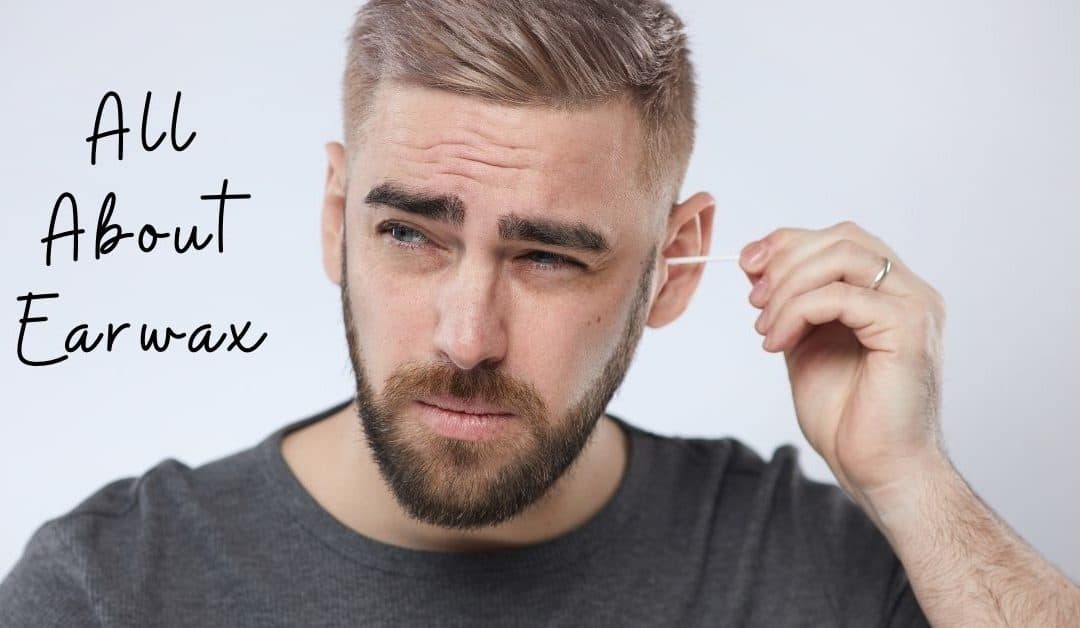Everyone is familiar with earwax, one of the many substances that the body produces. But did you know that experts do not recommend removing earwax with a cotton swab? And that earwax is helpful for the ears? This is among the numerous pieces of useful information about earwax that you may be less familiar with and curious to know!
What is earwax?
The ears can be divided into three key sections that are critical to how we hear and understand sound:
- Outer Ear: the most visible part of the ear (outer cartilage), ear canal, and ear drum.
- Middle Ear: consists of the ossicles which are three connected bones and the Eustachian tube.
- Inner Ear: houses the cochlea – filled with fluid and thousands of hair cells, and auditory pathways leading to the brain.
The production of earwax (also referred to as cerumen) begins in the outer ear. Sweat glands release fatty secretions that then travel down the ear canal. Propelled by jaw movement, produced when we talk/eat/laugh etc., the secretions move through the ear collecting dead skin cells, hair, dirt and other debris. This collection of natural material in the ears is referred to as earwax.
Small amounts of earwax is actually healthy for the ears! Earwax contains antibacterial properties that help the natural cleaning process. It traps dirt and bacteria, blocking it from entering the middle and inner ear which could cause infection. Additionally, earwax helps keep the ears lubricated, preventing itchiness and dryness. The ears typically clean themselves with earwax making its way to the opening of the ear and flaking or washing off. But if there is a buildup of earwax, it should be removed.
Impact of Excess Earwax
Earwax can accumulate and remain in the ear which is when proper removal is necessary. Excess earwax can be potentially harmful, producing symptoms including the following:
- Ears are plugged up
- Discomfort, pain, aches, ringing noise
- Odor, discharge
- Difficulty hearing and processing sound
- Dizziness, headache
If excess earwax remains in the ear for too long, it can lead to:
- Ear infections: the accumulation of bacteria in the ear can lead to ear infections
- Temporary hearing loss: earwax buildup in the ear canal prevents soundwaves from easily traveling to the inner ear to be processed. This makes it difficult to hear and locate sound.
It is useful to know how you can best remove earwax so that you can prevent ear issues!
Tips for Earwax Removal + Ear Care
One of the most common ways people attempt to remove earwax is by using a cotton swab. This is actually an ineffective and potentially harmful method because it can easily push earwax further into the ear; causing irritation or infection. There are helpful ways you can remove excess earwax including the following strategies:
Soften Earwax + Ear Irrigation
This method involves using liquids that soften the earwax, making removal easier. People can make their own solution or use over the counter ear drops. Using a dropper, you place drops of the solution into your ear and allow it to sit. After some time, you drain or rinse the ears out. This can be one by tilting your head in the opposite direction to drain the fluid (and earwax) out.
Visit Us for Earwax Removal
If softening earwax and irrigating the ears does not work and you experience discomfort (or other symptoms), come visit us. We are equipped with instruments specifically for the ear that can remove earwax effectively.
In addition to effectively removing earwax when there’s accumulation, there are tips you can practice for ear care including:
- Be sure to thoroughly dry out your ears after swimming to prevent ear infections.
- Do not insert any small objects into the ear to remove earwax or alleviate itchiness.
- If you experience consistent discomfort, pain, aches in your ears, see a doctor as soon as possible.
- For hearing aid wearers: because your hearing aid blocks the path that earwax uses to exit the ears, you may experience greater buildup. This can impact your device, and over time requiring repairs. So, it is incredibly important to clean your hearing aids daily.
If you are concerned about your ear and hearing health, we’re here to help! Contact us today to learn more about our services.

